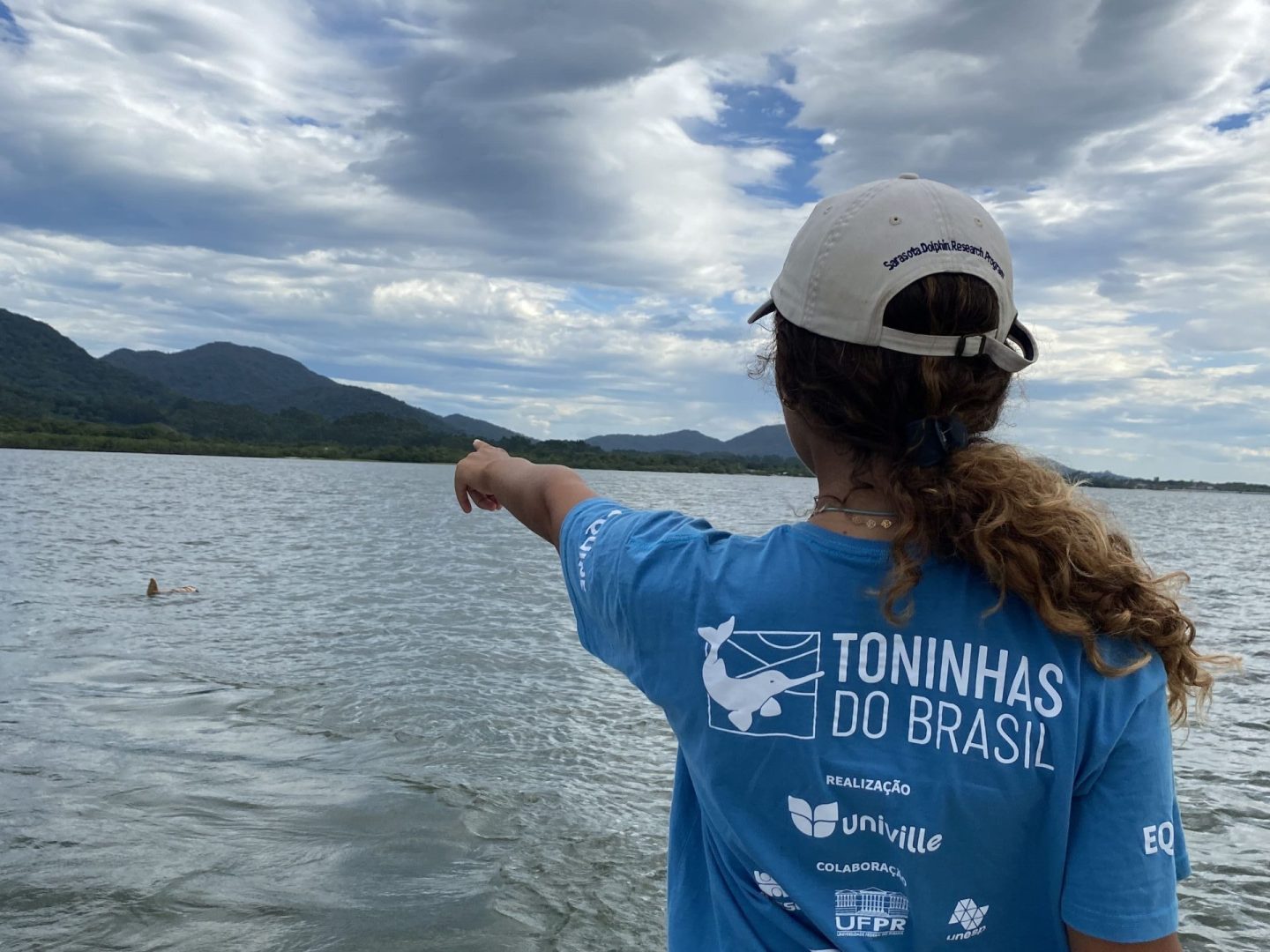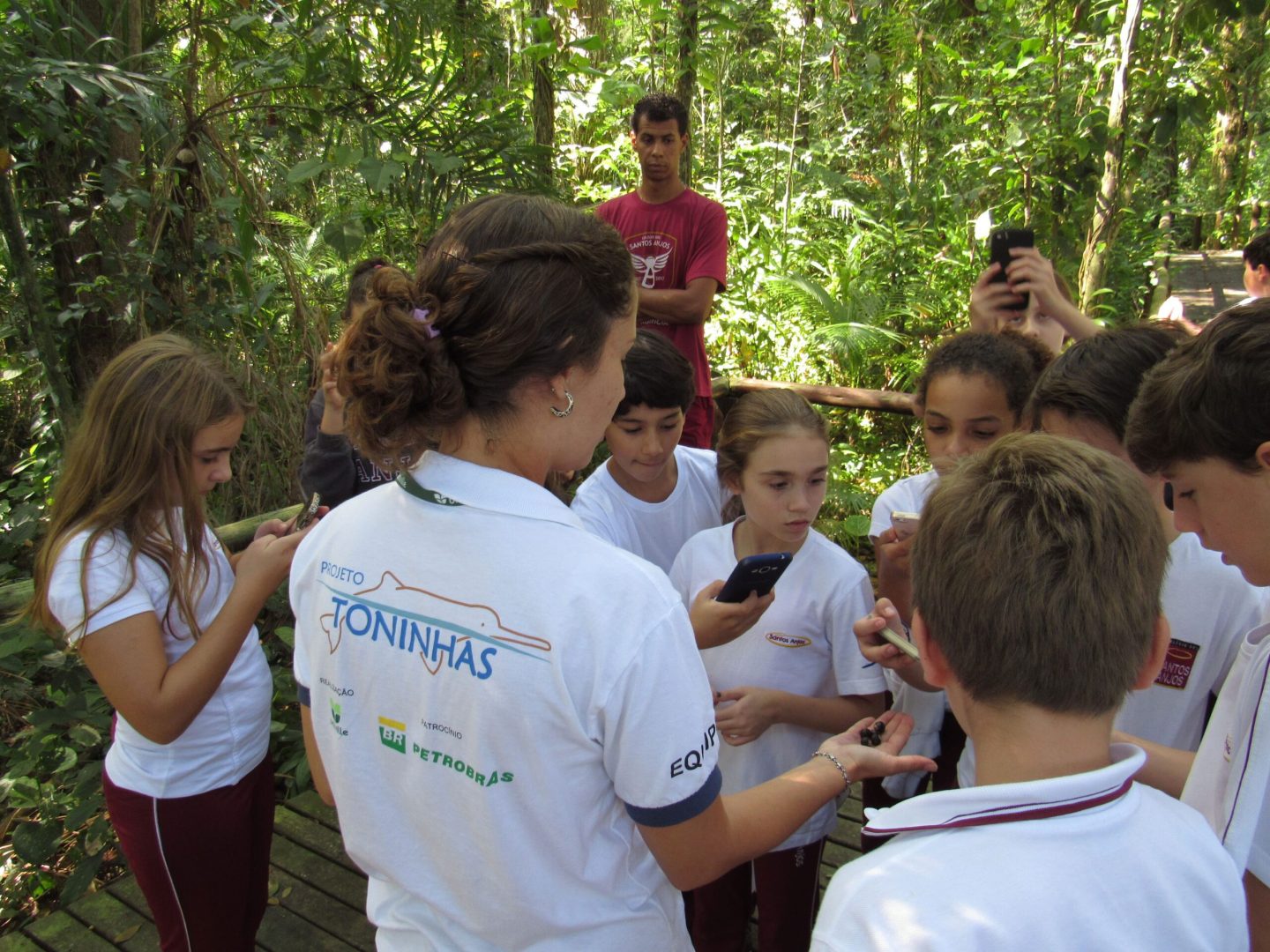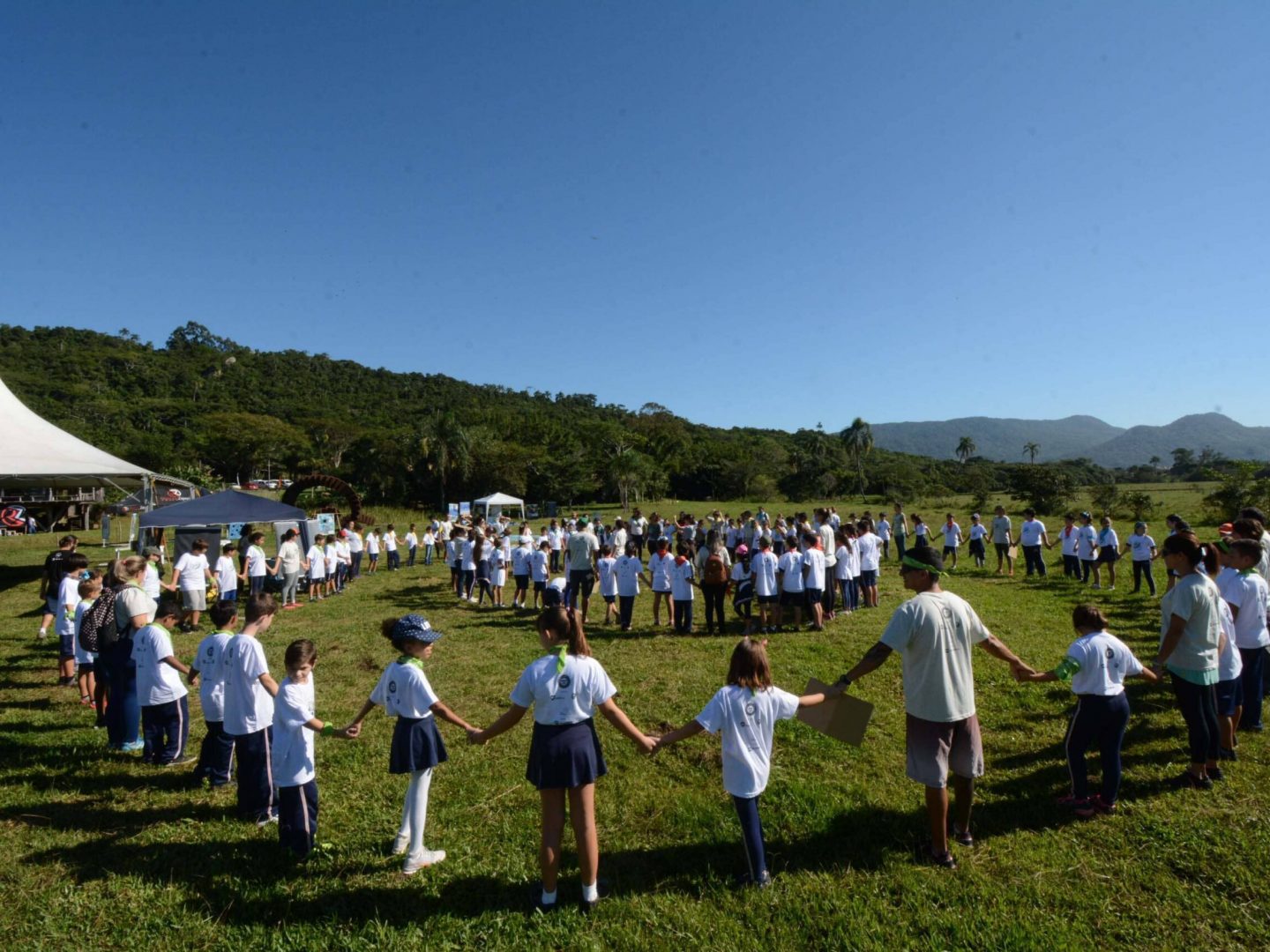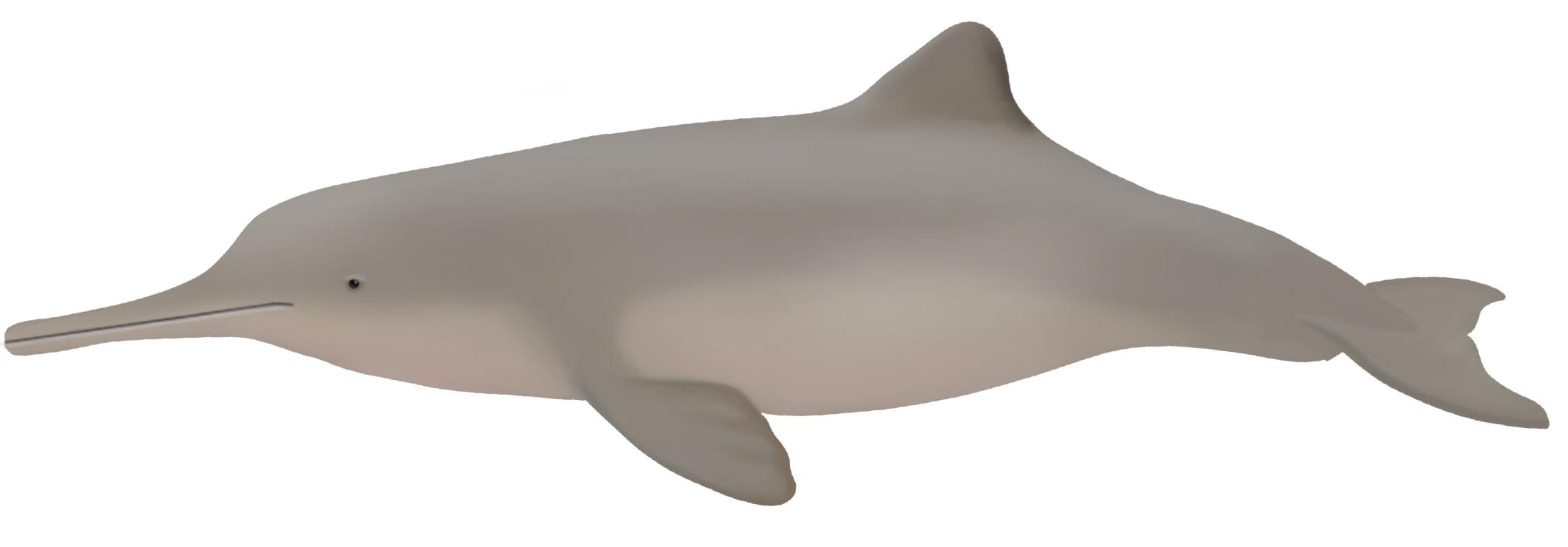THE PROJECT
For over 20 years, Toninhas do Brasil (Franciscanas of Brazil), carried out by the University of the Region of Joinville – UNIVILLE, in partnership with Petrobras, has been working towards the conservation of the franciscana (Pontoporia blainvillei), the most endangered small dolphin in the Western South Atlantic. Bringing together a multidisciplinary team of professionals committed to the conservation of biodiversity and marine ecosystems, the project is a benchmark reference, both in Brazil and worldwide, when it comes to research and conservation of small cetaceans.

BREADTH OF WORK

RESEARCH
Our research aims to generate information on the ecology of franciscanas, contributing to the expansion of knowledge on their natural history and the ecosystems in which they live. Understanding the socio-environmental reality of coastal environments is also our purpose.
ENVIRONMENTAL EDUCATION
Environmental Education is a way of interacting with the communities where we work, through which we teach and learn, sharing knowledge for the conservation of franciscanas and coastal and marine ecosystems.
STRATEGIC COMMUNICATION
We seek communication strategies aimed at building bridges between the academic world and society in general. Our mission is to make the franciscana a symbol of the coastal regions of southeastern and southern Brazil, reflecting the quality of these environments.
THE FRANCISCANA

CHARACTERISTICS
ECOLOGY
CONSERVATION
The image above was developed by Hew Barreto / VIVA Instituto Verde Azul.

THE FRANCISCANA LIBRARY
The Adventures of the Franciscana Babi
The production of materials for education and science communication that can be widely used by society is an important activity of the project. Herem you can find these products or the links to access them.

Support
Realization

Collaboration

Partner

